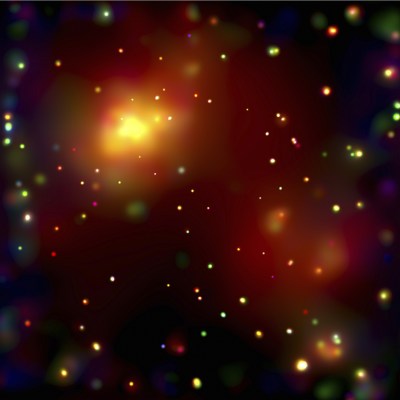VIEW: Galaxies (BrainPop)
Formation of Galaxies

Galaxies are the biggest groups of stars and can contain anywhere from a few million stars to billions of stars. Every star that is visible in the night sky is part of the Milky Way Galaxy. Galaxies are divided into types according to their shape: spiral, elliptical and irregular galaxies. Spiral galaxies have a lot of gas and dust and young stars. Elliptical galaxies contain mostly old stars and very little gas and dust (because it's all been formed into stars). Irregular galaxies were once spiral or ellilptical galaxies that were deformed by gravitational attraction with another galaxy or a collision with another galaxy.
After you have completed this part of the lesson, you can check the box for this lesson piece in the course to mark it as complete